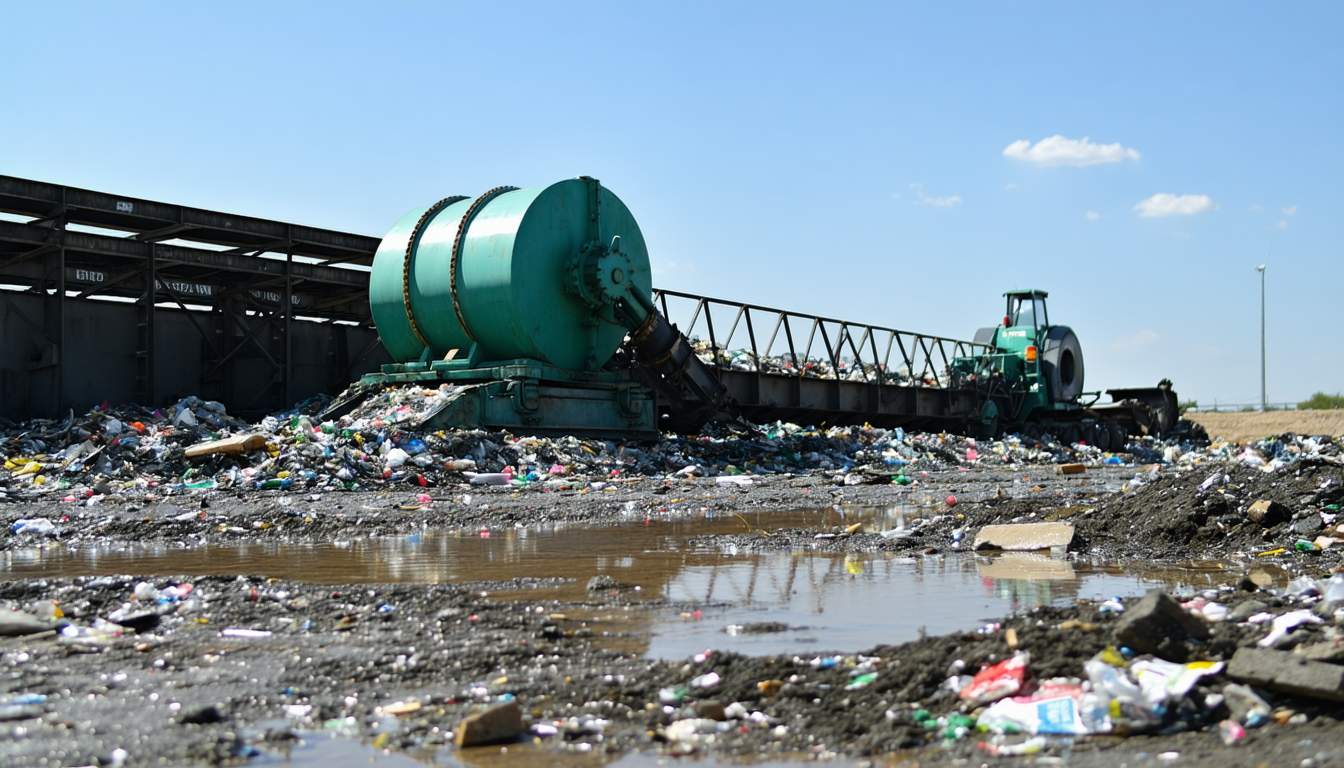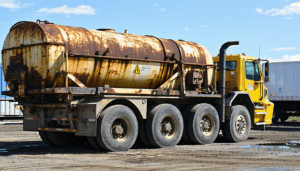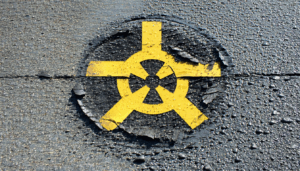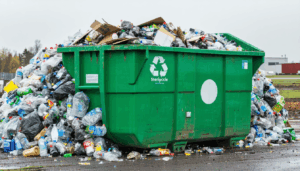In the United States, liquid waste disposal has emerged as a pressing environmental and public health concern, with new regulations, technological advancements, and growing industrial demands shaping the landscape. From hazardous chemical spills to wastewater management in urban centers, improper handling of liquid waste poses risks to ecosystems and communities. This article delves into the latest developments in liquid waste disposal, exploring regulatory updates, innovative solutions, and their broader implications for stakeholders across the nation. As challenges mount, understanding these shifts is crucial for businesses, policymakers, and citizens alike.
The Growing Crisis of Liquid Waste Disposal
Liquid waste, encompassing everything from industrial byproducts to sewage and contaminated water, is a significant environmental challenge in the U.S. According to the Environmental Protection Agency (EPA), over 60 billion gallons of wastewater are treated daily, yet a substantial portion still escapes proper disposal due to aging infrastructure and regulatory gaps. Incidents of illegal dumping and accidental spills have surged, with a 2022 report noting a 15% increase in violations compared to the previous year.
This crisis affects both rural and urban areas. In cities like Flint, Michigan, water contamination issues highlight the consequences of mismanagement. Meanwhile, agricultural runoff in states like California continues to pollute groundwater, threatening drinking water supplies.
New Regulations Reshape the Industry
In response to mounting concerns, federal and state governments have introduced stricter guidelines for liquid waste disposal. In early 2023, the EPA rolled out updated Clean Water Act provisions, mandating industries to adopt advanced treatment technologies by 2025. Non-compliance penalties have also been raised, with fines now reaching up to $50,000 per violation.
These regulations aim to curb pollution and protect public health but have sparked debate among industry leaders. According to Dr. Emily Harper, an environmental policy expert at Stanford University, “While these rules are necessary, small businesses may struggle with compliance costs, potentially leading to economic strain.” Balancing environmental goals with economic realities remains a key challenge.
Technological Innovations Offer Hope
Amid regulatory pressures, technology is playing a pivotal role in transforming liquid waste disposal practices. Innovations such as membrane bioreactors and advanced oxidation processes are gaining traction for their ability to treat complex waste streams effectively. A 2023 study by the National Institute of Environmental Health Sciences found that these technologies can reduce contaminants by up to 90% compared to traditional methods.
Several U.S. companies are leading the charge. For instance, WasteTech Solutions, based in Texas, recently launched a mobile treatment unit that processes industrial liquid waste on-site, cutting transportation costs and risks. Such advancements signal a shift toward sustainable and efficient waste management.
Impact on Stakeholders Across Sectors
The evolving landscape of liquid waste disposal affects a wide range of stakeholders, from industries to local communities. Key impacts include:
- Industries: Manufacturing and energy sectors face higher operational costs due to compliance requirements but benefit from reduced long-term liabilities.
- Municipalities: Local governments must invest in infrastructure upgrades, often straining budgets but improving public safety.
- Communities: Residents near waste facilities report health concerns, pushing for stricter oversight and transparency.
In states like Louisiana, where chemical plants are prevalent, community advocacy groups have demanded more involvement in decision-making. Their concerns underscore the need for inclusive policies that address both environmental and social dimensions.
Future Outlook and Potential Implications
Looking ahead, the trajectory of liquid waste disposal in the U.S. hinges on collaboration between government, industry, and technology providers. Experts predict that federal funding for infrastructure—such as the $55 billion allocated under the 2021 Infrastructure Investment and Jobs Act—will accelerate improvements in wastewater systems. However, without sustained investment and innovation, progress could stall.
The debate over regulation versus economic impact will likely intensify. While environmentalists push for stricter controls, industry advocates argue for phased implementation to avoid job losses. Striking a balance will be critical to ensuring both ecological protection and economic stability.
In conclusion, liquid waste disposal remains a complex issue demanding urgent attention in the United States. With new regulations, cutting-edge technologies, and growing public awareness, there is potential for meaningful change. Yet, addressing this challenge requires coordinated efforts to safeguard the environment while supporting affected communities and industries. The path forward is uncertain, but proactive measures today can pave the way for a cleaner tomorrow.
Frequently Asked Questions (FAQ)
1. What is liquid waste disposal?
Liquid waste disposal refers to the management and treatment of liquid byproducts like wastewater, industrial effluents, and contaminated water to prevent environmental harm and protect public health.
2. Why is liquid waste disposal a concern in the U.S.?
Improper handling of liquid waste can lead to water contamination, ecosystem damage, and health risks. Aging infrastructure and increasing industrial activity exacerbate these issues nationwide.
3. What are the latest regulations on liquid waste disposal?
The EPA’s 2023 updates to the Clean Water Act mandate advanced treatment technologies and impose stricter penalties for non-compliance, aiming to reduce pollution.
4. How can technology help manage liquid waste?
Innovations like membrane bioreactors and mobile treatment units improve efficiency, reduce contaminants, and lower transportation risks associated with liquid waste disposal.
5. What can individuals do to support better waste management?
Citizens can advocate for stronger policies, reduce household chemical use, and support local initiatives focused on sustainable liquid waste disposal practices.




